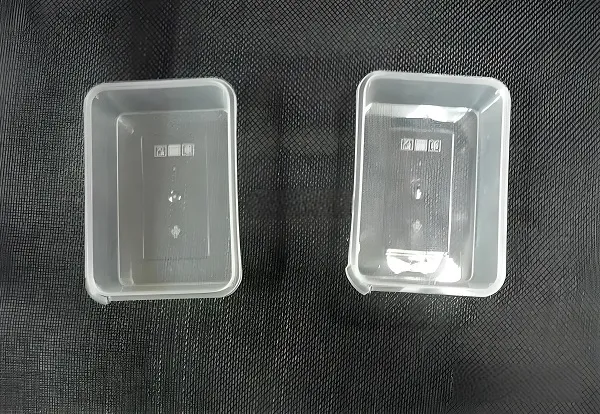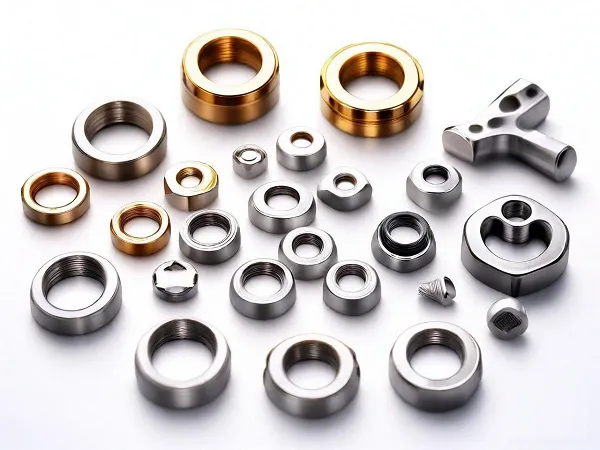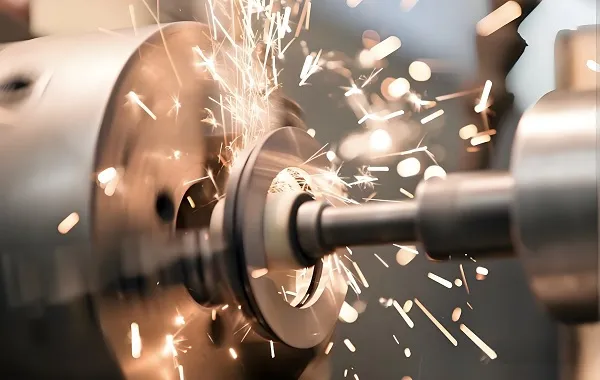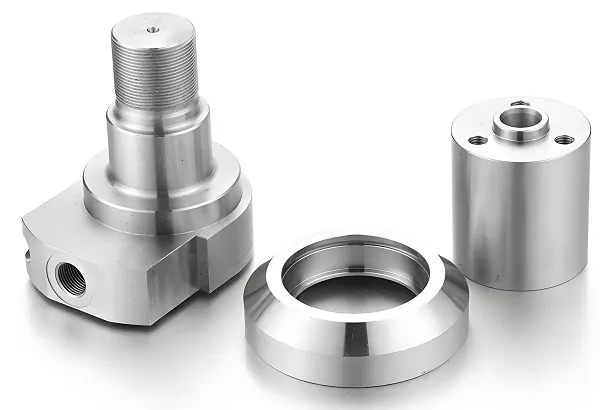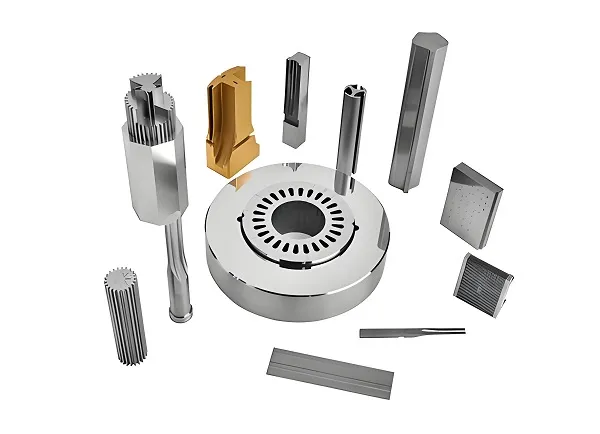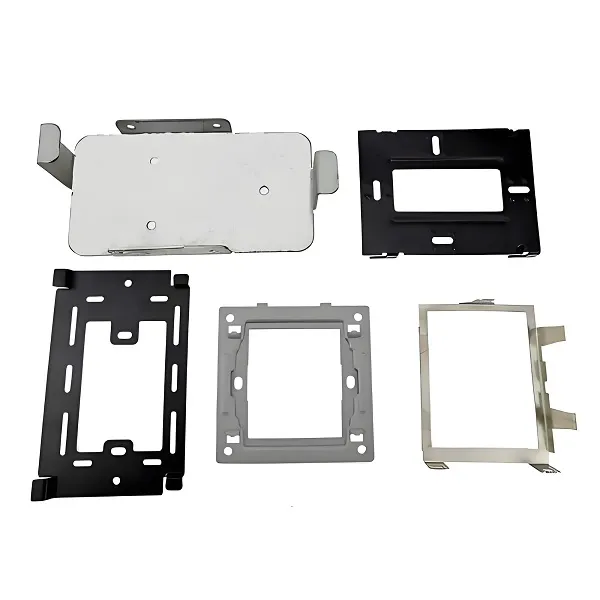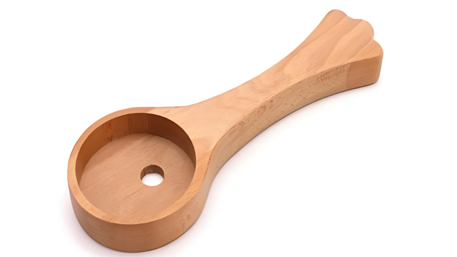
I. Brief Overview of CNC Wood Parts
CNC wood parts are components precisely processed from wood through computer numerical control technology. They are widely applied in numerous fields such as furniture manufacturing, architectural decoration, model making, and musical instrument production. Due to the natural characteristics and beautiful textures of wood, CNC processing can fully display its unique charm and achieve complex and precise designs.
II. How to Customize CNC Wood Parts
Clarify requirements: Determine the purpose, size, shape, precision requirements, and wood type of the part.
Design drawings: Use professional CAD or CAM software to create detailed three-dimensional design drawings, including all the details and dimension markings of the part.
Select the appropriate wood: Based on the usage environment and performance requirements of the part, choose the suitable wood type, such as hardwood (like oak, walnut) or softwood (like pine, fir).
Find a reliable processing factory: Cooperate with a CNC processing factory with rich experience and advanced equipment, and communicate the processing details and expected effects.
III. Materials for CNC Wood Part Processing
Solid wood: It retains the natural texture and characteristics of the wood, and has good texture and strength.
Artificial boards: Such as plywood, particle board, medium-density fiberboard (MDF), etc., they have relatively low cost and good stability, and are suitable for large-scale production.
Wood-plastic composites: They combine the advantages of wood and plastic, and have characteristics such as waterproof and corrosion resistance.
IV. CNC Wood Part Processing Flow
Programming: Based on the design drawings, write the numerical control program that controls the movement of the machine tool and the action of the tool.
Clamping: Fix the wood raw material on the machine tool worktable to ensure it is stable and in the correct position.
Rough machining: Quickly remove the excess material to approach the approximate shape of the part.
Semi-finish machining: Further trim the shape to prepare for finish machining.
Finish machining: Achieve the final dimensional accuracy and surface quality, such as grinding and polishing.
Quality inspection: Inspect the size, shape, surface smoothness, and presence of defects of the part.
V. Customization of CNC Wood Parts
Personalized furniture components: Provide unique components for custom furniture to meet the specific requirements of customers for style and size.
Models and props: Used in model making and prop production in industries such as film and television, and advertising.
Artistic decorations: Such as wood carving artworks, decorative lines, etc.
VI. Application Cases of CNC Wood Parts
High-end custom furniture: Such as uniquely shaped table legs, carved chair backs, etc.
Restoration of ancient buildings: Precisely replicate damaged wooden components.
Musical instrument manufacturing: Components such as guitar necks and sound boxes.
VII. Common Problems of CNC Wood Parts
Wood deformation: Due to changes in the moisture content of the wood or processing stress, the part may deform after processing or during use.
Tool wear: Fibers and impurities in the wood may accelerate tool wear, affecting processing accuracy and surface quality.
Processing defects: Such as chipping, burrs, burning, etc., which may be caused by improper cutting parameters or inappropriate tool selection.
For these problems, measures such as reasonable control of the moisture content of the wood, regular tool replacement, and optimization of processing parameters are needed to solve them.

